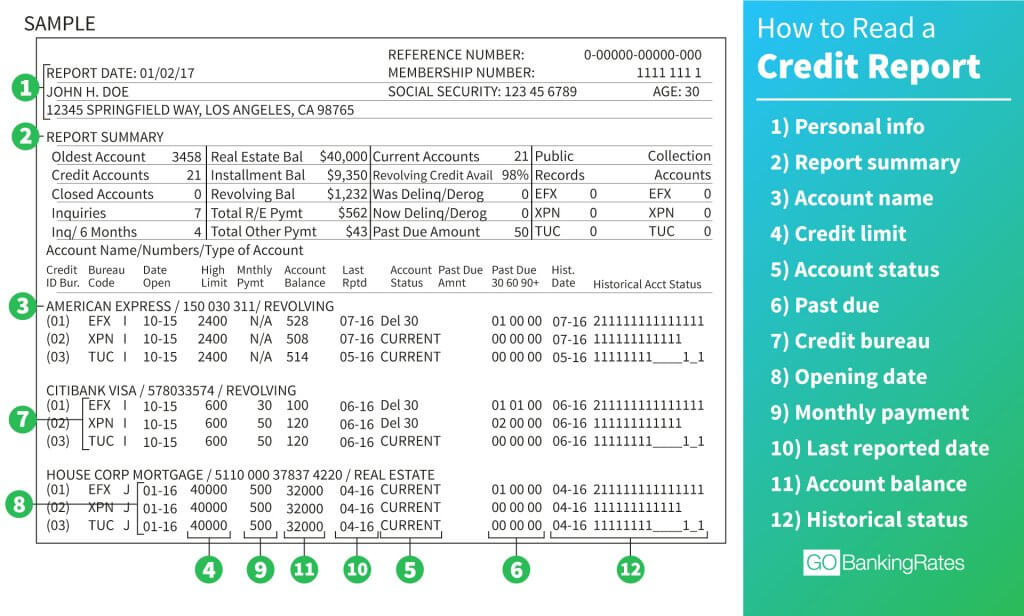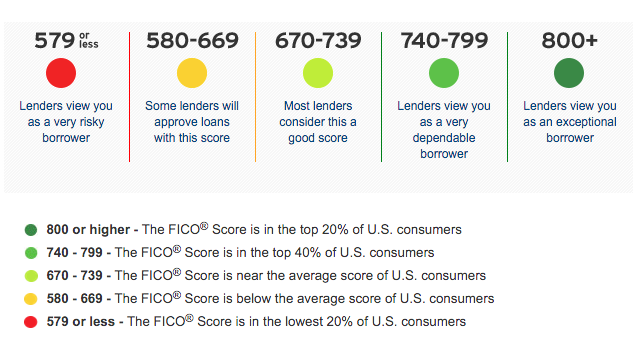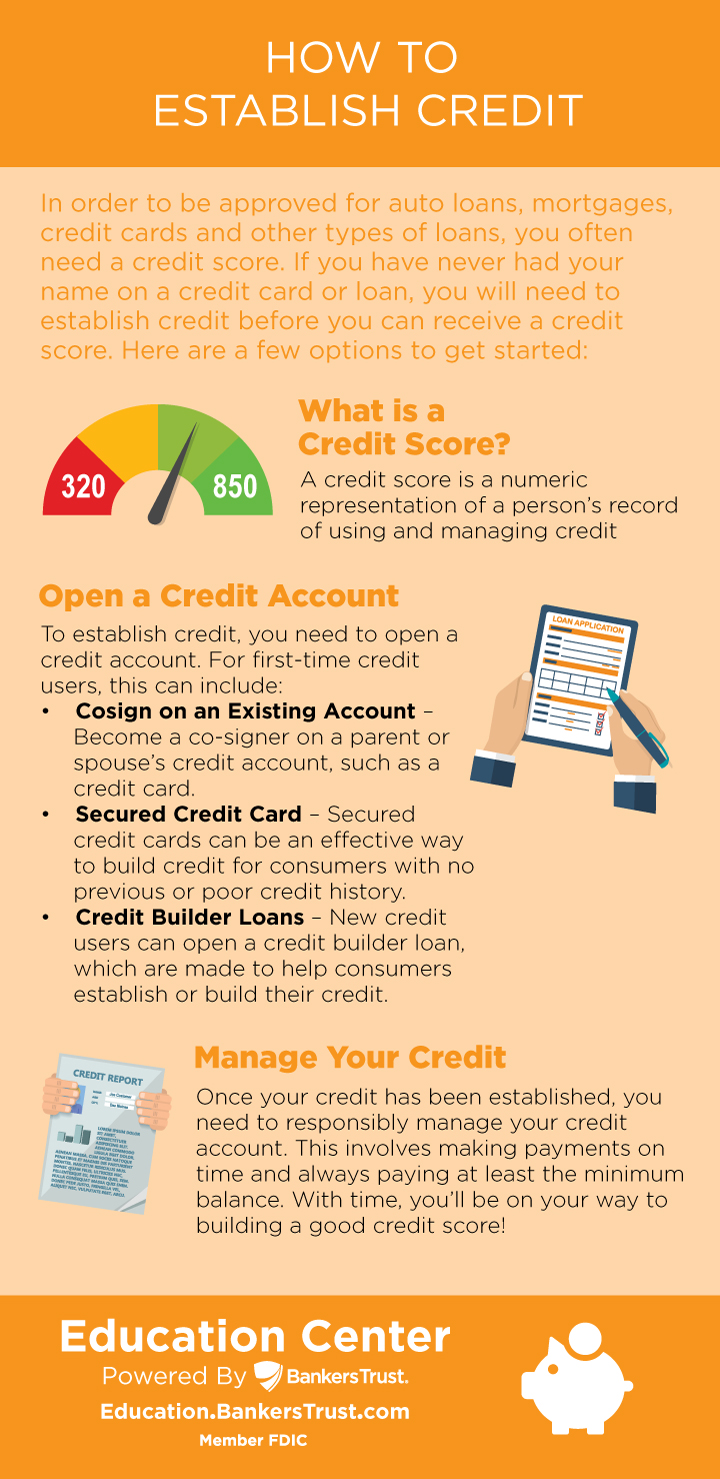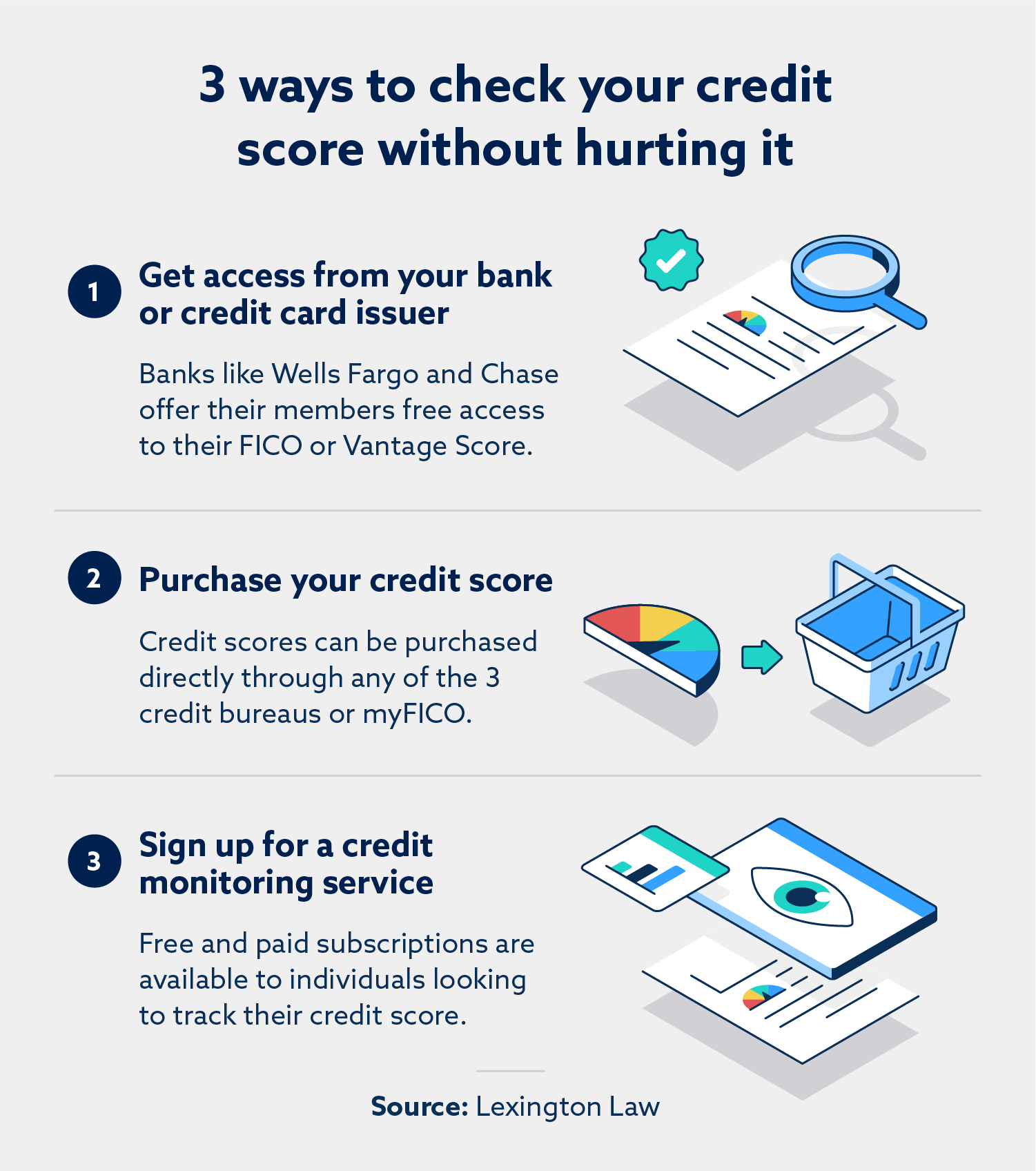What Is A Temporary Credit From The Bank?
In the world of banking, there are many terms and concepts that can sometimes feel overwhelming. One such term is a “temporary credit from the bank.” Now, you might be wondering, what exactly does that mean? Well, fear not! I’m here to break it down for you in simple terms.
A temporary credit from the bank is exactly what it sounds like – a short-term advance of funds provided to you by your bank. It’s like a little financial cushion to help you out in times of need. Whether it’s an unexpected expense or a temporary shortage of funds, a temporary credit can provide some relief and flexibility.
Think of it as a temporary solution to bridge the gap between your current financial situation and your upcoming income or savings. It’s not a long-term loan or a permanent fix, but rather a helpful tool to navigate through temporary financial challenges. So, if you find yourself in a tight spot and need a little extra breathing room, a temporary credit from the bank might just be the answer you’re looking for.
Now that you have a better understanding of what a temporary credit from the bank is, let’s dive deeper into how it works and the benefits it can offer. So, buckle up and get ready to explore the world of temporary credits with me!
Understanding Temporary Credit from the Bank
Temporary credit from the bank is a financial tool that provides short-term funding to individuals and businesses. It serves as a bridge to cover immediate financial needs, such as paying bills or managing cash flow until more permanent financing can be arranged. This type of credit can be a lifeline during times of financial strain, offering flexibility and convenience to borrowers. Whether you’re an individual looking to cover unexpected expenses or a business owner seeking working capital, temporary credit can be an effective solution.
Temporary credit from the bank comes in various forms, including lines of credit, credit cards, and overdraft facilities. Each option has its own features and benefits, allowing borrowers to choose the most suitable option based on their specific needs. It’s important to understand how temporary credit works, its advantages, and how to use it responsibly.
How Does Temporary Credit Work?
Temporary credit works by providing borrowers with access to a predetermined amount of funds for a specified period. This credit is usually unsecured, meaning it doesn’t require collateral. Lenders assess the borrower’s creditworthiness, income, and financial stability to determine the credit limit and interest rate. Once approved, borrowers can access the funds as needed within the credit limit.
Interest is charged only on the amount borrowed and for the duration it is utilized. Repayment terms vary depending on the type of temporary credit. For example, a line of credit may require minimum monthly payments, whereas credit card balances must be paid in full or with a minimum payment. Overdraft facilities usually have higher interest rates and are intended for short-term use.
Types of Temporary Credit
1. Lines of Credit: A line of credit is a flexible form of temporary credit that allows borrowers to withdraw funds up to a predetermined limit. It is often used by businesses to manage cash flow fluctuations or cover unexpected expenses. Lines of credit can be secured or unsecured, and interest is charged only on the amount borrowed.
2. Credit Cards: Credit cards are widely used for temporary credit. They offer convenience and can be used for everyday purchases or emergency expenses. Credit cards often come with rewards programs, cashback offers, or other perks. It’s important to manage credit card balances responsibly to avoid high interest charges.
Benefits of Temporary Credit
Temporary credit offers several benefits to individuals and businesses:
- Flexibility: Temporary credit provides financial flexibility, allowing borrowers to access funds as needed within the approved limit.
- Convenience: With credit cards or lines of credit, borrowers can access funds instantly, making it convenient for emergencies or unexpected expenses.
- Manage Cash Flow: Temporary credit helps individuals and businesses manage cash flow fluctuations, ensuring bills and expenses can be covered even during lean periods.
- Build Credit History: Responsible use of temporary credit can help individuals establish or improve their credit history, making it easier to access larger loans in the future.
Using Temporary Credit Responsibly
While temporary credit can be helpful, it’s essential to use it responsibly to avoid falling into a debt trap. Here are some tips:
- Create a Budget: Before utilizing temporary credit, create a budget to understand your financial needs and ensure you can repay the borrowed amount.
- Pay on Time: Make payments on time to avoid late fees and negative impacts on your credit score.
- Monitor Spending: Keep track of your spending to avoid exceeding your credit limit and accumulating high-interest charges.
- Compare Options: Compare different temporary credit options to find the best terms and interest rates for your needs.
Temporary Credit vs. Traditional Loans
Temporary credit and traditional loans serve different purposes and have unique characteristics:
Temporary Credit
Temporary credit is designed for short-term financial needs and offers flexibility and convenience. It is typically unsecured and can be accessed as needed within the approved limit. Temporary credit often has higher interest rates compared to traditional loans due to its short-term nature.
Traditional Loans
Traditional loans are long-term financing options that provide a lump sum of money for specific purposes, such as purchasing a home or starting a business. These loans have fixed repayment terms and lower interest rates compared to temporary credit. Traditional loans require collateral or a strong credit history to secure the funds.
When deciding between temporary credit and traditional loans, consider the purpose of the funds, repayment terms, and interest rates. Temporary credit is suitable for short-term needs, while traditional loans are better for long-term investments.
Key Takeaways
Temporary credit from the bank offers individuals and businesses access to funds for short-term financial needs. It provides flexibility and convenience, with options such as lines of credit and credit cards. Responsible use of temporary credit can help manage cash flow and build credit history. When comparing temporary credit to traditional loans, consider the purpose, repayment terms, and interest rates to make an informed decision. Remember to use temporary credit responsibly and pay attention to repayment obligations to avoid unnecessary debt.
Key Takeaways: What is a Temporary Credit from the Bank?
- A temporary credit from the bank is when the bank gives you a short-term loan.
- It allows you to access funds quickly when you need them, even if you don’t have enough money in your account.
- You will need to repay the temporary credit with interest within a specific timeframe.
- It can be helpful for unexpected expenses or emergencies.
- Make sure to understand the terms and conditions before accepting a temporary credit from the bank.
Frequently Asked Questions
Question 1: How does a temporary credit from the bank work?
When you receive a temporary credit from the bank, it means that the bank has provided you with a provisional amount of money to cover a disputed transaction in your account. This is done while the bank investigates the transaction further. The temporary credit acts as a placeholder, ensuring that you have access to the funds during the investigation process.
During this time, the bank will review the transaction details, communicate with the merchant involved, and gather any necessary evidence to resolve the dispute. If the bank determines that the transaction was indeed unauthorized or fraudulent, the temporary credit will be made permanent and the funds will remain in your account. However, if the bank finds that the transaction was valid, the temporary credit may be reversed, and the funds will be deducted from your account.
Question 2: How long does a temporary credit from the bank last?
The duration of a temporary credit from the bank can vary depending on the circumstances surrounding the disputed transaction. Typically, the bank will provide the temporary credit within a few business days of you reporting the unauthorized or fraudulent activity in your account. Once the temporary credit is applied, the bank will initiate an investigation to determine the legitimacy of the transaction.
The investigation process can take anywhere from a few days to several weeks, depending on the complexity of the case. During this time, the temporary credit will remain in your account, ensuring that you have access to the funds. It’s important to note that if the investigation extends beyond the initial temporary credit period, the bank may extend the temporary credit until a resolution is reached.
Question 3: Can I use the temporary credit while the investigation is ongoing?
Yes, you can use the temporary credit provided by the bank while the investigation is ongoing. The purpose of the temporary credit is to ensure that you have access to the funds during this time. You can continue to make purchases, withdraw cash, and perform any other transactions using the temporary credit amount.
However, it’s crucial to remember that the temporary credit is subject to the final outcome of the investigation. If the bank determines that the transaction was indeed unauthorized or fraudulent, the temporary credit will be made permanent. On the other hand, if the bank finds that the transaction was valid, the temporary credit may be reversed, and the funds will be deducted from your account.
Question 4: Can I request a temporary credit from the bank for any disputed transaction?
Whether you can request a temporary credit from the bank for a disputed transaction depends on the bank’s policies and the nature of the dispute. Most banks offer temporary credits for unauthorized or fraudulent transactions, where your account has been compromised without your knowledge or consent.
However, for other types of disputes, such as issues with the quality of goods or services received, the bank may have different procedures in place. It’s best to contact your bank directly to understand their specific policies regarding temporary credits and how to initiate a dispute for different types of transactions.
Question 5: What happens if the bank reverses the temporary credit?
If the bank reverses the temporary credit, it means that they have concluded their investigation and determined that the transaction in question was valid. In this case, the funds that were initially credited to your account as a temporary credit will be deducted.
If you disagree with the bank’s decision, you may have the option to appeal or provide additional evidence to support your claim. It’s important to follow up with your bank promptly to understand their specific procedures for disputing the reversal of a temporary credit. Keep in mind that each bank may have different policies and processes in place for handling such situations.
Bank of America returns money to Phoenix woman after fraud transactions
Final Summary
So, what exactly is a temporary credit from the bank? It’s like a little financial boost when you need it the most. Let’s say you’re waiting for a refund or a payment to come through, but you need the funds right away. That’s where a temporary credit comes in handy. It’s a short-term loan from the bank that allows you to access the money you’re owed before it actually arrives in your account.
Now, you might be wondering, why would the bank give you a temporary credit? Well, it’s a win-win situation. The bank earns interest on the loan, and you get the funds you need immediately. It’s a convenient option that can help you cover unexpected expenses or bridge the gap until your money arrives. Just keep in mind that temporary credits usually come with interest rates and fees, so it’s important to read the fine print before taking one out.
In conclusion, a temporary credit from the bank is like a financial lifeline that can tide you over until your money arrives. It’s a flexible and convenient option that allows you to access the funds you’re owed in advance. Just make sure to weigh the costs and benefits before taking out a temporary credit, and always read the terms and conditions to avoid any surprises.






